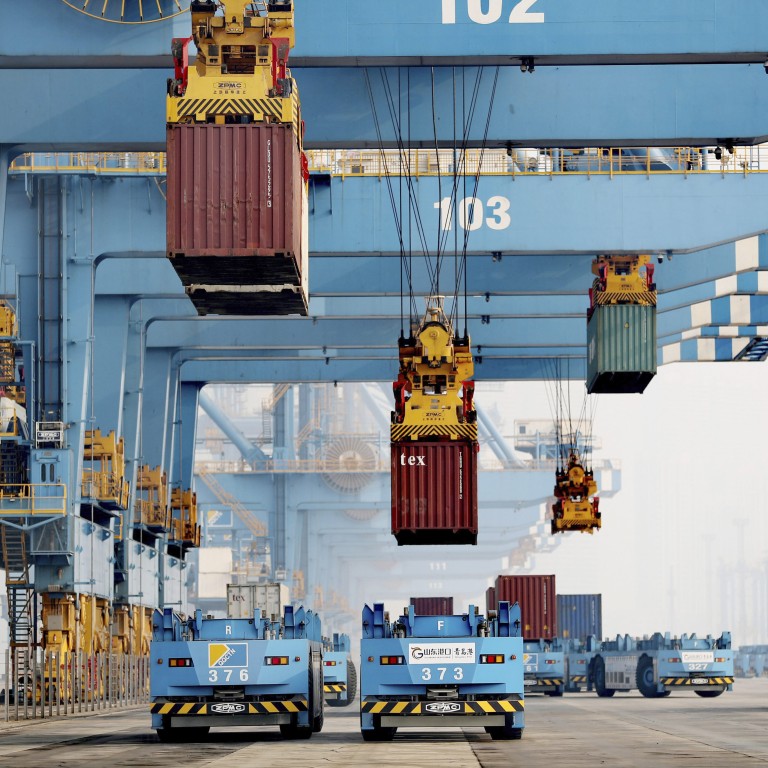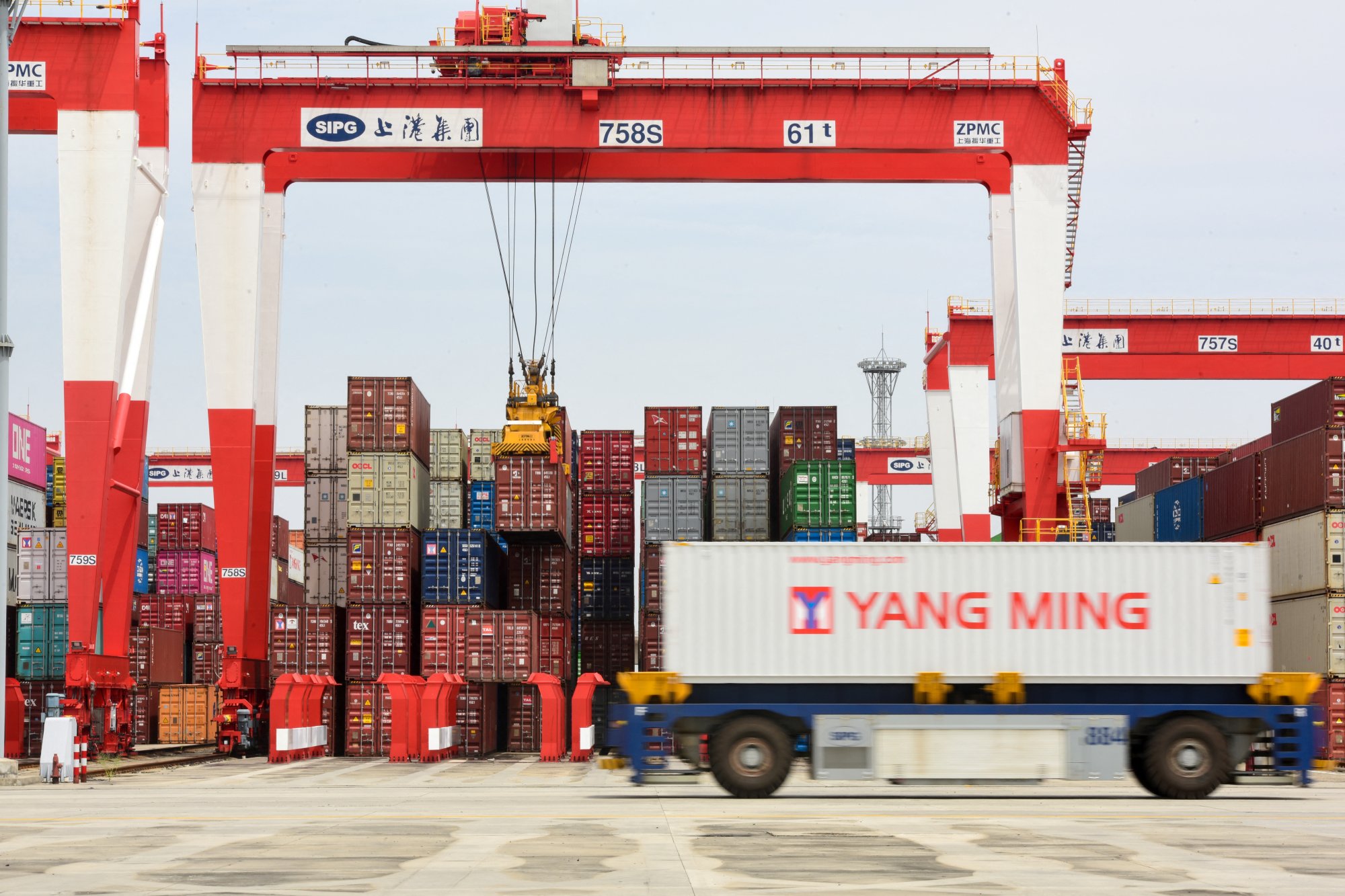
China’s driverless vehicles need public on board
- The country is well ahead of the US on the road to fully automated vehicles and in the drive to go further safely is asking the people for their views
China’s eagerness to embrace new technologies is evident in the development of automated vehicles. From the innovation of manufacturers to government policies supporting testing and commercialisation to a readiness by consumers to use them, the nation is outpacing its main competitor, the United States.
Dozens of buses and delivery trucks are already on roads and permits were recently given for the first fully driverless taxis. National guidelines have also been drafted with the goal of transforming traffic in cities.
The Ministry of Transport, which is seeking public views on the draft rules through September 7, wants to ensure self-driving vehicles are developed and deployed safely in a well-regulated environment. Under the plans, autonomous buses would be able to operate on closed routes, while taxis would run on streets with light and controlled traffic conditions.
In keeping with such measures, the internet giant Baidu, one of the nation’s leaders in the technology, has been given approval to operate its robo-taxis for eight hours a day in designated areas of the cities of Chongqing and Wuhan. The firm and its main rival, Shenzhen-based AutoX, have long been involved in pilot schemes elsewhere testing and perfecting the technology, but their vehicles have had a safety driver on board.

American companies developing automated vehicles, Google’s Waymo and General Motors’ Cruise among them, are battling with Chinese challengers for an edge in the commercialisation of self-driving technology. Another facet of the rivalry between the US and China, it centres on the artificial intelligence, mapping and sensor innovations that make autonomous vehicles possible.
Billions invested in development are considered worthwhile as much for market share as sustainable growth. Claimed benefits include greater safety, lower fares and operating costs, and reduced congestion and air pollution. During the pandemic, transport and delivery services that do not need human interaction have also gained popularity.
But public acceptance is essential for widespread adoption of innovations. The greater the number of driverless vehicles on the roads, the more the technology can be refined and improved and citizens can weigh the benefits.

